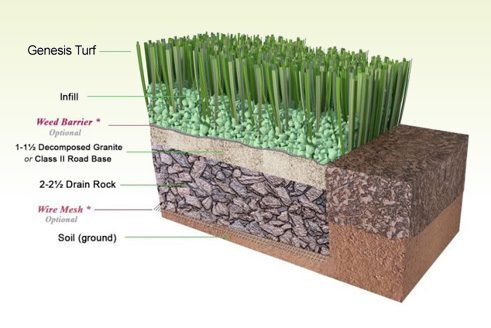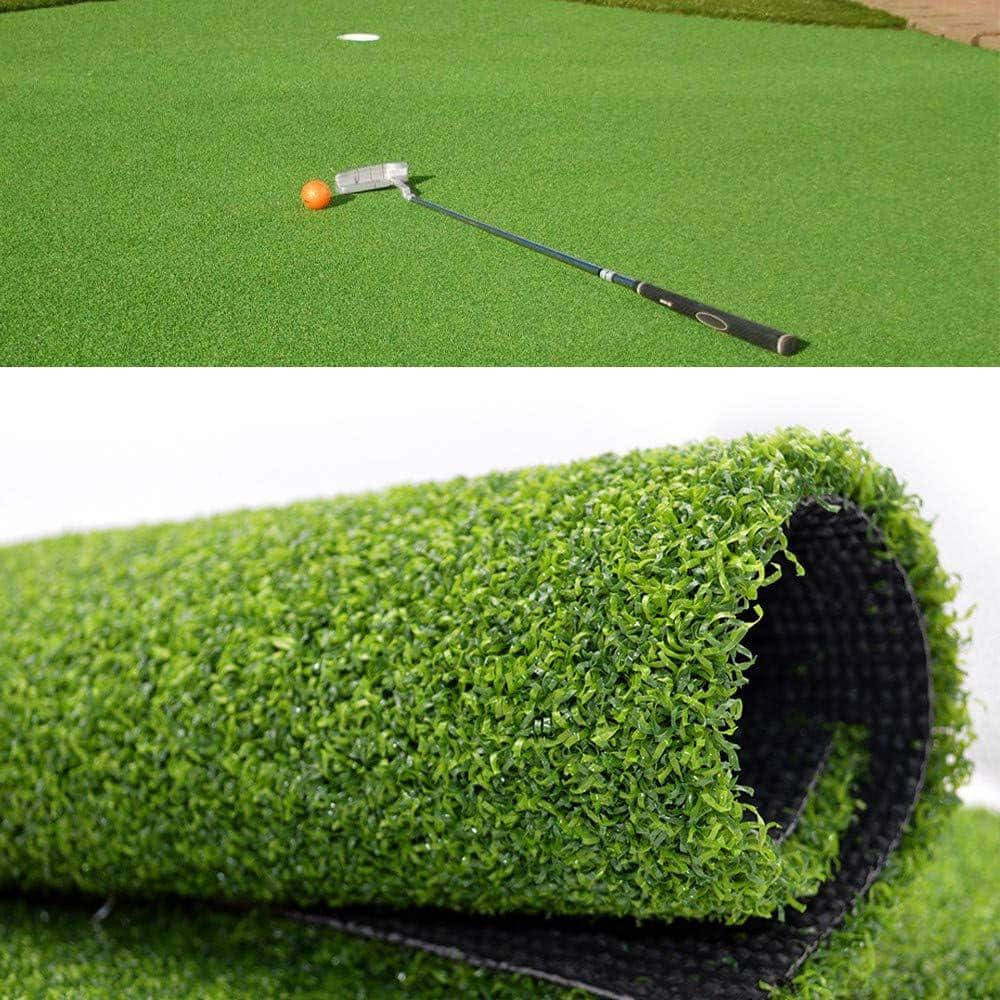Budget-Friendly Turf Installation Phoenix AZ for a Easy-Care Lawn Option
Budget-Friendly Turf Installation Phoenix AZ for a Easy-Care Lawn Option
Blog Article
Delve Into the Environmental Advantages of Opting for Artificial Grass Solutions
The adoption of synthetic grass remedies offers an engaging possibility to resolve pushing ecological obstacles. By considerably decreasing water usage and decreasing the application of dangerous chemicals, these alternatives not only advertise lasting landscape design yet also shield neighborhood ecosystems. Moreover, the reduced carbon impact related to reduced maintenance activities contributes to a more lasting method to land administration. The ramifications of these advantages prolong beyond plain conservation initiatives, elevating concerns about their long-lasting effect on habitat conservation and overall eco-friendly balance. Discovering these dimensions discloses a complex interaction worth thinking about.
Water Preservation Benefits
One of the most substantial benefits of synthetic grass is its capability to preserve water. Typical grass lawns need considerable irrigation, particularly in areas vulnerable to dry spell or water constraints. In comparison, synthetic grass does not need watering, considerably minimizing the overall demand for water resources. This function is specifically useful in dry regions where water scarcity is a pressing issue.
By getting rid of the demand for regular watering, synthetic grass adds to lasting landscape techniques and helps alleviate the ecological impact of excessive water usage. The conservation of water prolongs to the decrease of drainage, which can lead to dirt erosion and river air pollution.
Additionally, the installment of man-made lawn permits towns and property owners to allocate water sources a lot more effectively, focusing on important uses such as drinking water and agriculture. The change in the direction of synthetic grass not only advertises accountable water use yet additionally lines up with more comprehensive environmental objectives intended at maintaining natural resources.
As communities increasingly prioritize sustainability, the water preservation benefits of synthetic grass present an engaging situation for its fostering in domestic and industrial landscape design tasks.
Reduced Chemical Use
The transition to fabricated turf dramatically reduces the reliance on chemical treatments typically used in all-natural turf maintenance. Conventional turf monitoring normally entails the application of herbicides, plant foods, and chemicals to promote development and control insects. These chemicals can position risks to human wellness, local wild animals, and the environment, adding to soil and water contamination.
In contrast, man-made turf removes the need for these unsafe substances. Once mounted, it needs very little maintenance, mostly including routine cleansing and occasional infill replenishment. This decrease in chemical usage not just benefits the prompt environment however likewise adds to wider ecological security. By decreasing the launch of synthetic compounds right into the environment, synthetic grass advertises healthier dirt and water systems.
Moreover, the absence of chemical overflow related to fabricated turf setups assists shield regional waterways from contamination, sustaining marine life and maintaining biodiversity. Arizona artificial turf. As areas significantly prioritize sustainable methods, selecting synthetic grass presents a viable solution that straightens with ecological conservation objectives. Via this change, homeowner can take pleasure in lush green spaces without compromising ecological wellness, leading the means for a much more lasting future
Lower Carbon Impact

Moreover, the installment of man-made turf can lead to significant water conservation. All-natural lawns need substantial quantities of water for irrigation, which not just contributes to the carbon footprint connected with water removal and therapy however likewise pressures local water resources. In comparison, artificial turf needs marginal maintenance, needing no watering, consequently considerably lowering water usage and its connected power expenses.
In addition, the longevity of synthetic grass adds to its lower carbon effect. With a life-span of as much as 15 years or even more, the requirement for constant substitutes is diminished, causing much less waste and click for more info lower power usage in manufacturing and disposing of conventional lawn alternatives. In general, synthetic grass provides a sustainable choice for ecologically conscious landscape design.
Environment Preservation
Habitat preservation is a vital consideration in the argument over landscape design selections, particularly when comparing synthetic grass to all-natural grass. All-natural lawn yards frequently call for comprehensive upkeep, including using herbicides, pesticides, and fertilizers, which can detrimentally influence regional environments. These chemicals can leach into the soil and rivers, harming indigenous vegetation and animals and interrupting neighborhood habitats.
In comparison, man-made turf offers an opportunity to lower the environmental footprint of landscape design. By going with artificial turf, home owners can reduce the disturbance of natural habitats related to conventional yard treatment methods. Man-made lawn eliminates the requirement for harmful chemicals, thus shielding nearby wild animals and keeping the honesty of surrounding ecosystems. The setup of man-made turf can lead to the conversion of previous lawn locations right into even more biodiverse landscapes, such as pollinator yards or indigenous plant locations, which can support local wildlife.
Eventually, the transition to synthetic grass not only preserves water and lowers upkeep efforts however also cultivates a much more unified relationship between human activities and the native environment, advertising environment preservation at the same time.
Long-Term Sustainability
Long-lasting sustainability is a critical consider examining the benefits of synthetic grass over traditional yard yards. Among the most significant advantages of synthetic grass is its toughness; it can last as much as 15-20 years with marginal maintenance, whereas natural turf requires regular reseeding and replacement. This longevity reduces the requirement for constant sources, such as water, plant foods, and navigate here pesticides, which are essential for keeping a healthy turf lawn.
In addition, synthetic grass adds to a decrease in carbon exhausts related to lawn treatment equipment. Standard lawns frequently require gas-powered mowers, leaners, and blowers, all of which add to air contamination. Phoenix turf companies. In comparison, synthetic grass removes the need for such tools, promoting a cleaner atmosphere
Furthermore, the production of synthetic grass significantly utilizes recycled products, boosting its sustainability account. As manufacturers adopt environmentally friendly techniques, the ecological impact of artificial grass remains to diminish.

Final Thought
The fostering of fabricated turf solutions presents considerable ecological advantages, including considerable water conservation, minimized dependence on harmful chemicals, and a lower carbon footprint. Furthermore, synthetic grass help in protecting natural environments by decreasing land disruption and advertising long-lasting sustainability with using long lasting products. Jointly, these aspects highlight the potential of synthetic grass to add positively to environmental wellness and supply a feasible choice to standard landscaping techniques in a significantly resource-conscious world.
In comparison, synthetic turf does not require watering, dramatically lowering the total demand for water sources. By reducing the launch of artificial compounds into the ecological community, man-made turf promotes healthier soil and water systems.
Furthermore, the installation of fabricated turf can result in considerable water conservation. In comparison, artificial turf requires very little upkeep, requiring no watering, thereby substantially reducing water use and its associated power prices.

Report this page